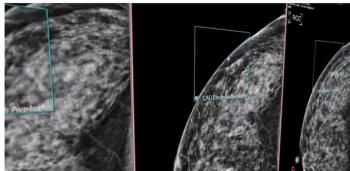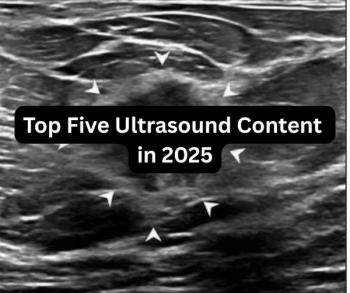
PACS vendors shouldn't oversell the technology
PACS vendors shouldn't oversell the technologyThe Radiological Society of North America meeting should be another superb event for vendors and prospective purchasers of PACS technology. With what appears to be another mediocre year for big-iron
PACS vendors shouldn't oversell the technology
The Radiological Society of North America meeting should be another superb event for vendors and prospective purchasers of PACS technology. With what appears to be another mediocre year for big-iron modality introductions, PACS is expected to garner the most attention on the exhibit floor for a third straight year.
Despite all that's going well for the PACS industry, however, there remains a tendency among some vendors to exaggerate the capabilities of their products. This mindset is an unfortunate carryover from the early days of PACS, when technology claims often far exceeded their capabilities. The over-hyping of digital image management left behind a wake of disillusioned early adopters, setting back wide-scale PACS adoption by several years.
Since then, however, PACS equipment has evolved at an exponential rate. Numerous successful implementations of large-scale PACS exist and there is widespread market acceptance of the benefits of digital image management. Problem areas do remain, though, particularly in the overplaying of abilities to integrate PACS with HIS/RIS networks, as well as conformance to DICOM and HL-7 standards. It can also be difficult to ascertain how many clients PACS vendors have, with several firms distorting the number of their "sites."
With PACS equipment still at a very low level of market penetration, nothing damages the technology's credibility more than another customer who's had to return a big-ticket purchase because it didn't perform as advertised. PACS companies must avoid overselling their capabilities to their customers. It will only hurt the industry in the long run.
-Erik L. Ridley, Editor
Newsletter
Stay at the forefront of radiology with the Diagnostic Imaging newsletter, delivering the latest news, clinical insights, and imaging advancements for today’s radiologists.




























